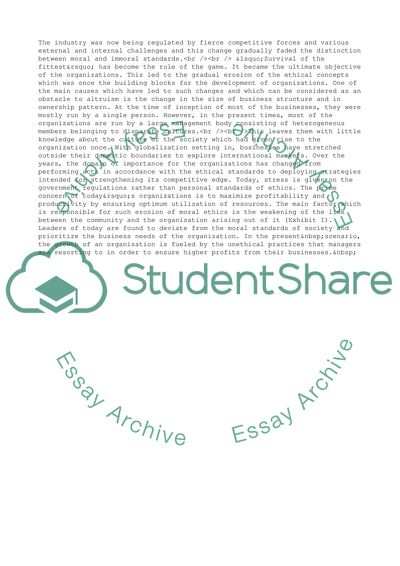Cite this document
(Cultural and Ethical Contingencies of Leadership Term Paper, n.d.)
Cultural and Ethical Contingencies of Leadership Term Paper. Retrieved from https://studentshare.org/management/1723853-cultural-and-ethical-contingencies-of-leadership
Cultural and Ethical Contingencies of Leadership Term Paper. Retrieved from https://studentshare.org/management/1723853-cultural-and-ethical-contingencies-of-leadership
(Cultural and Ethical Contingencies of Leadership Term Paper)
Cultural and Ethical Contingencies of Leadership Term Paper. https://studentshare.org/management/1723853-cultural-and-ethical-contingencies-of-leadership.
Cultural and Ethical Contingencies of Leadership Term Paper. https://studentshare.org/management/1723853-cultural-and-ethical-contingencies-of-leadership.
“Cultural and Ethical Contingencies of Leadership Term Paper”. https://studentshare.org/management/1723853-cultural-and-ethical-contingencies-of-leadership.


